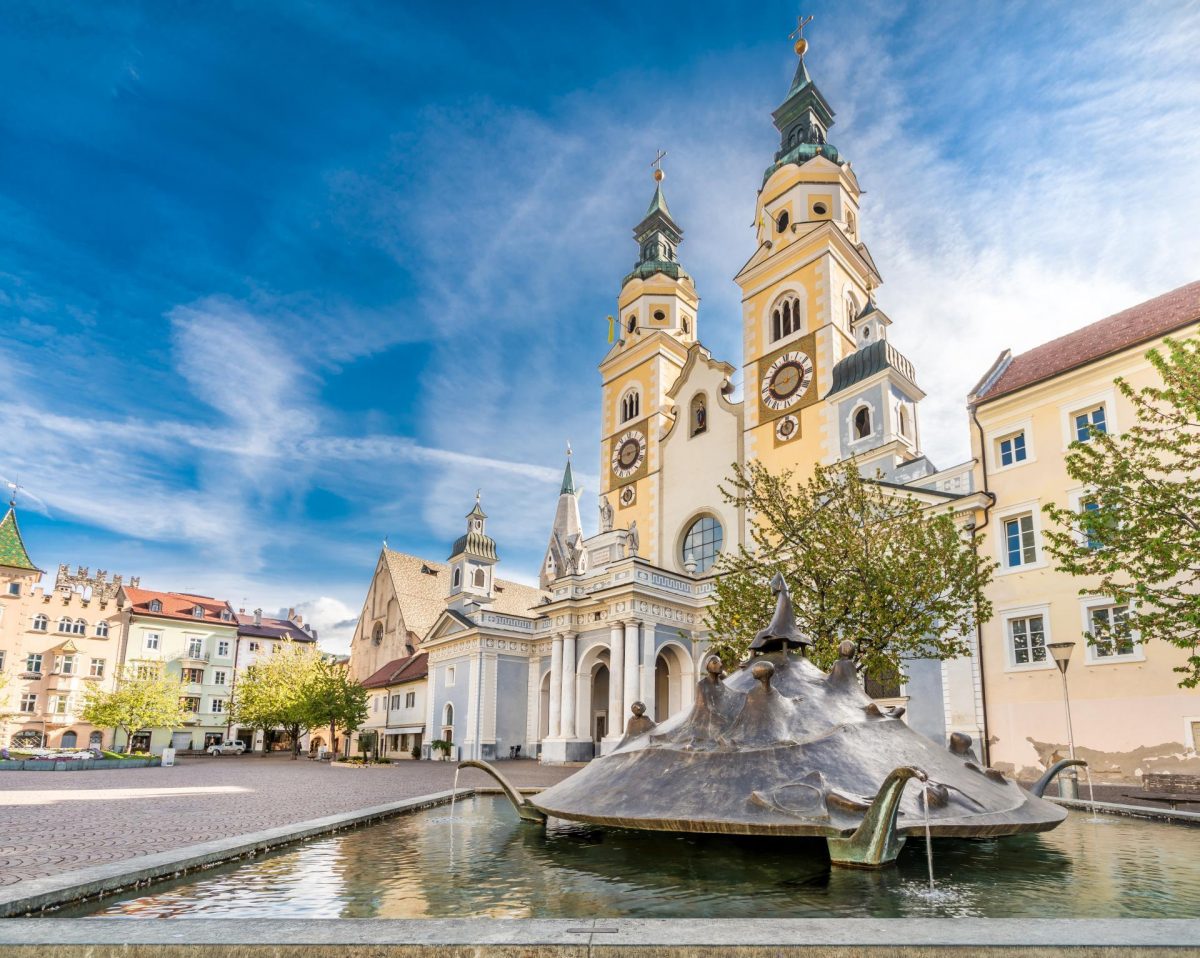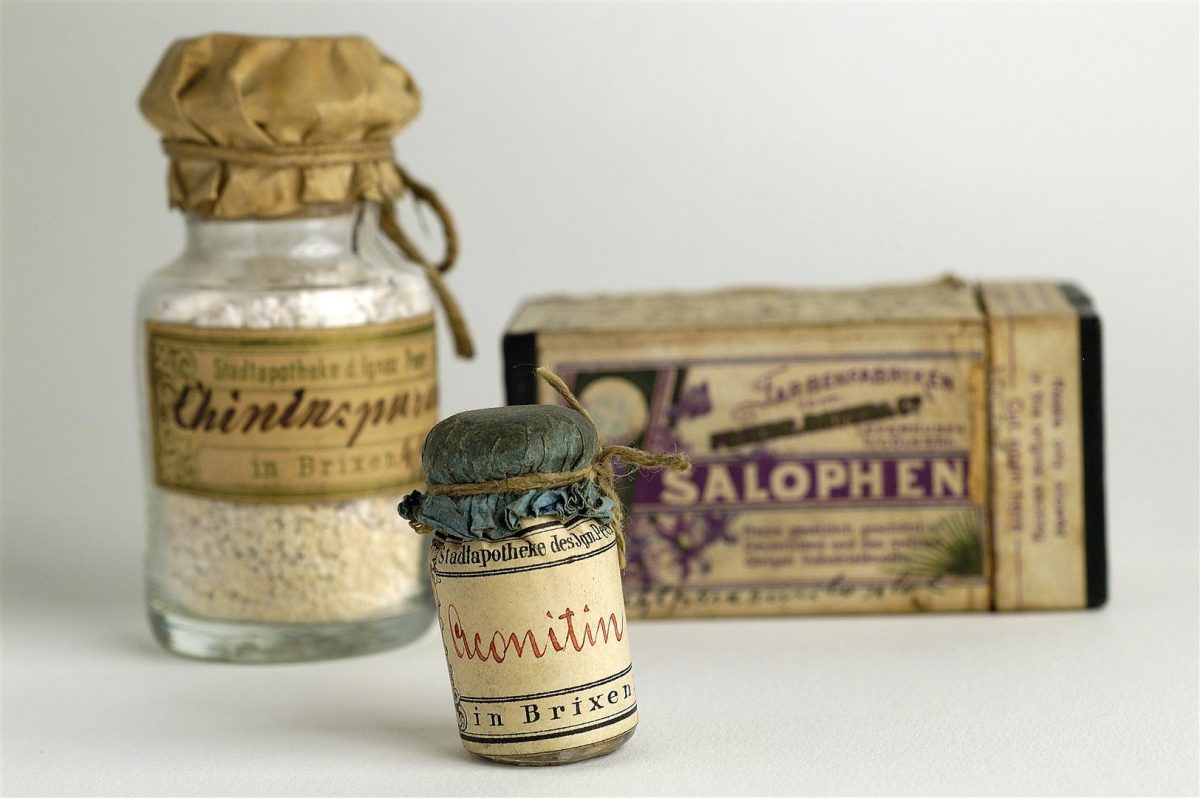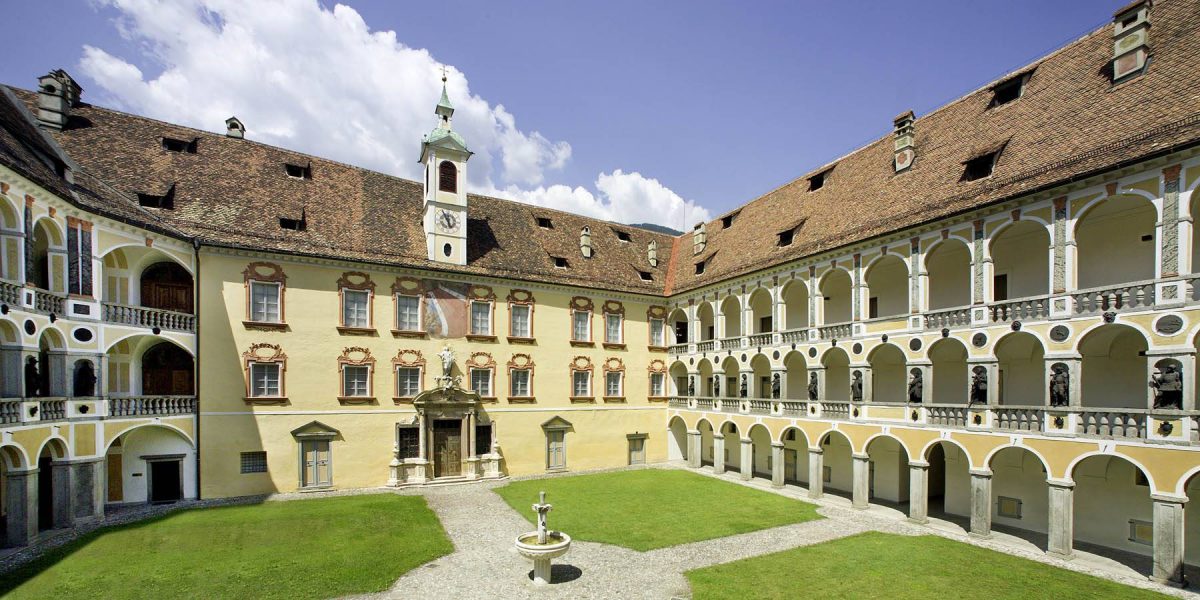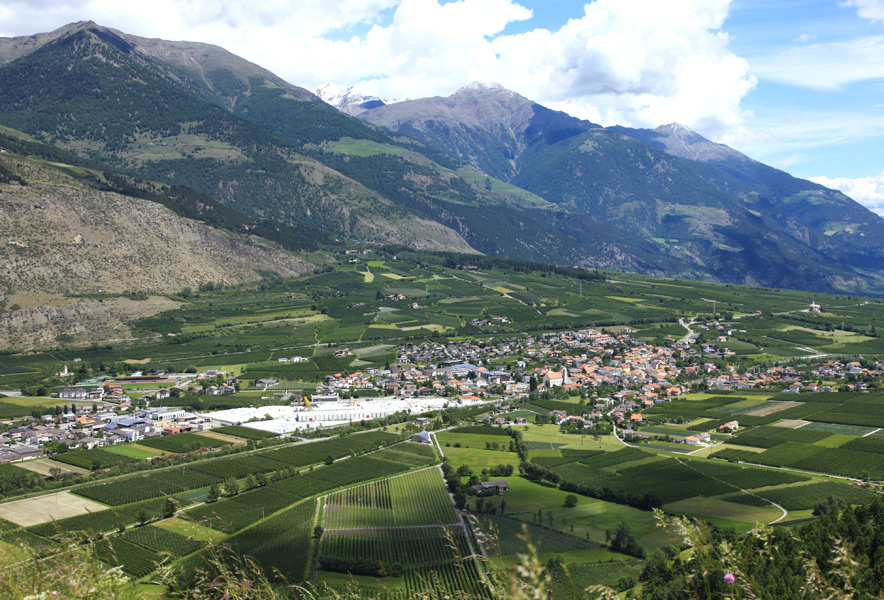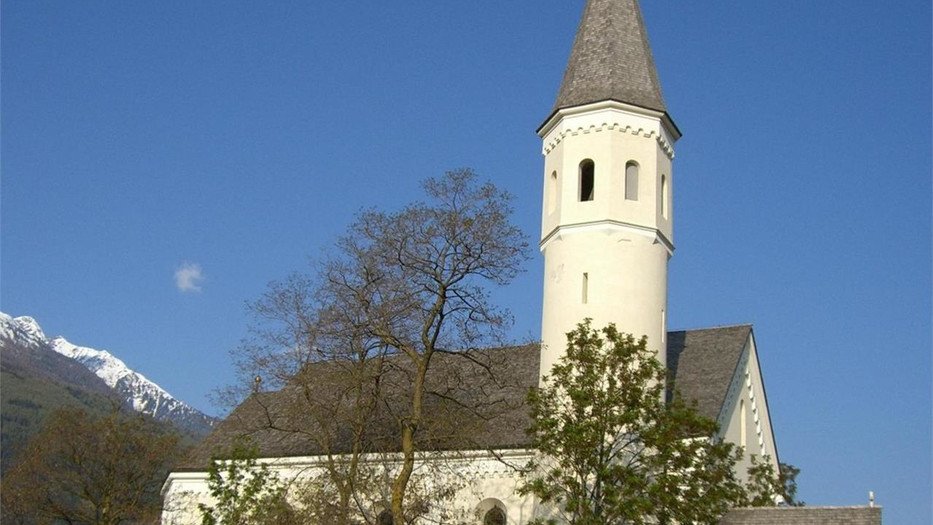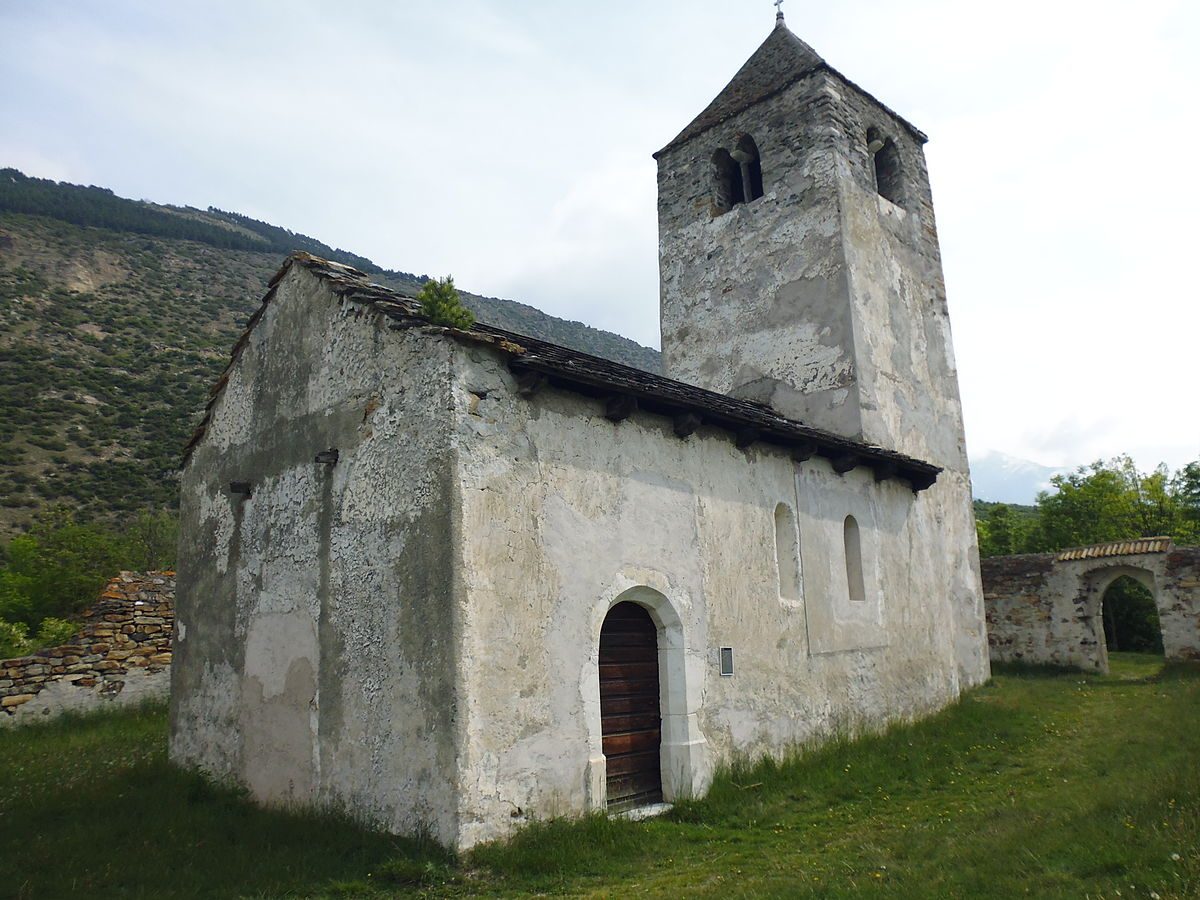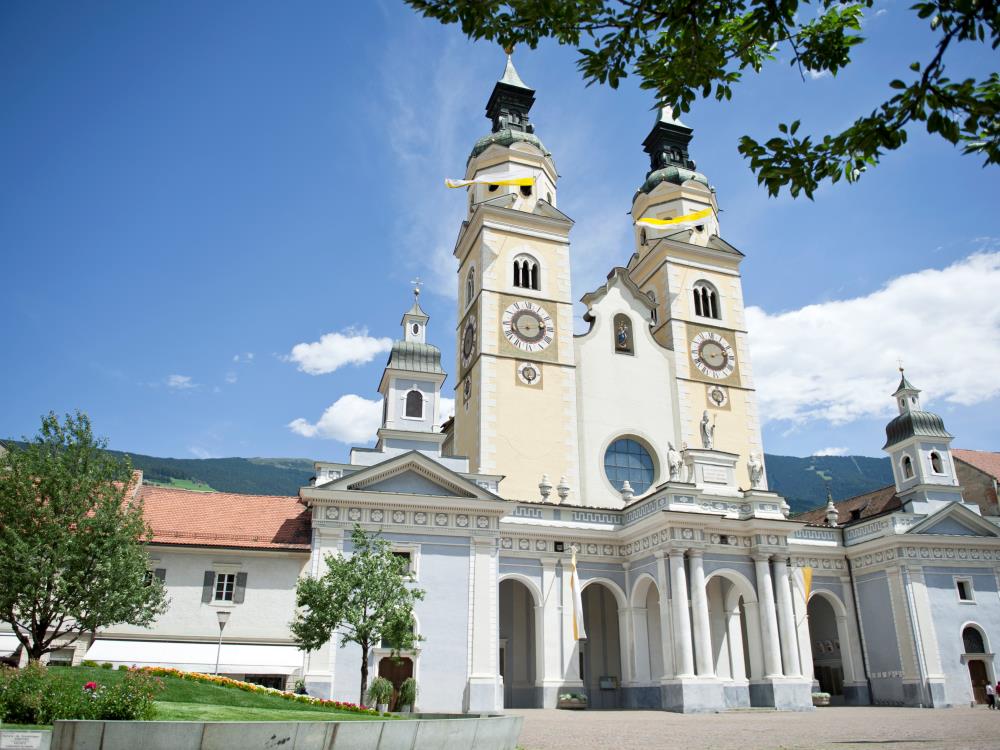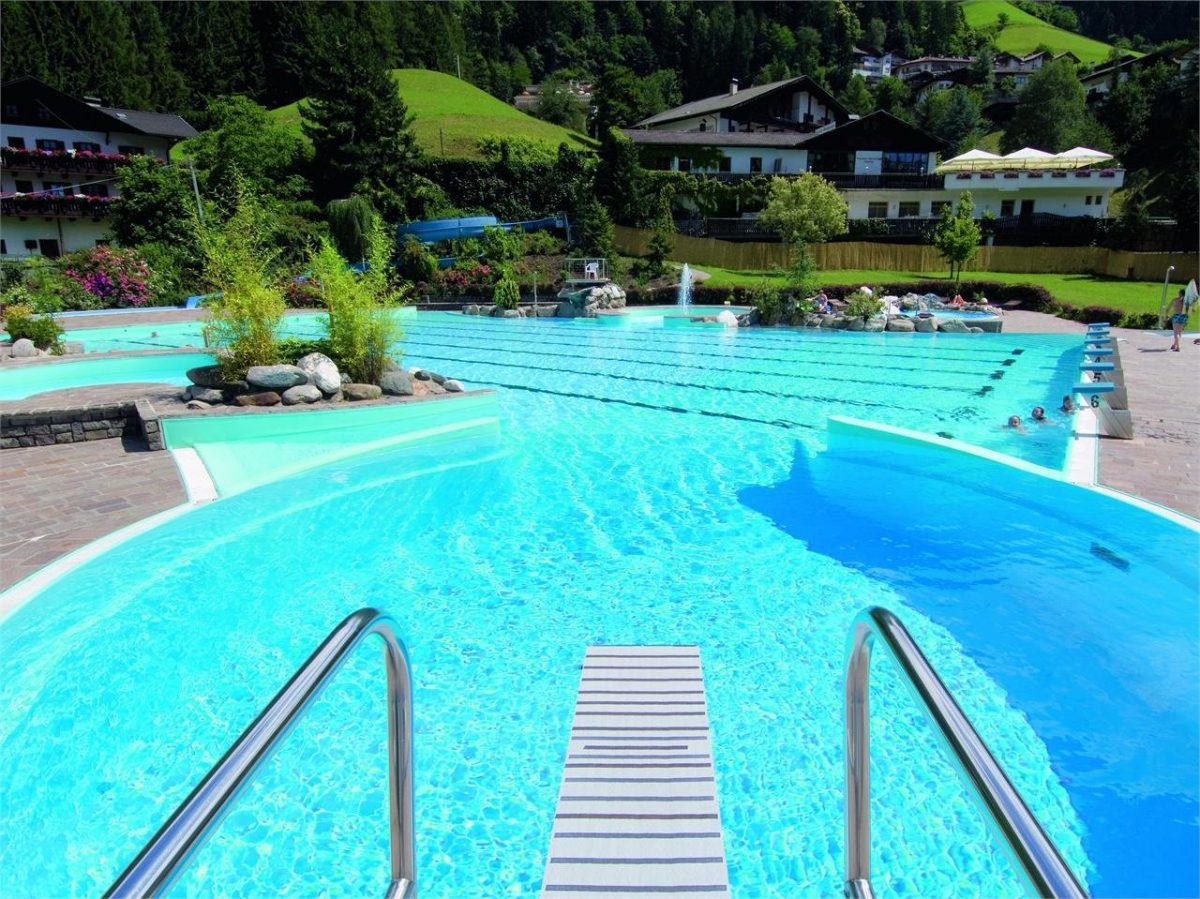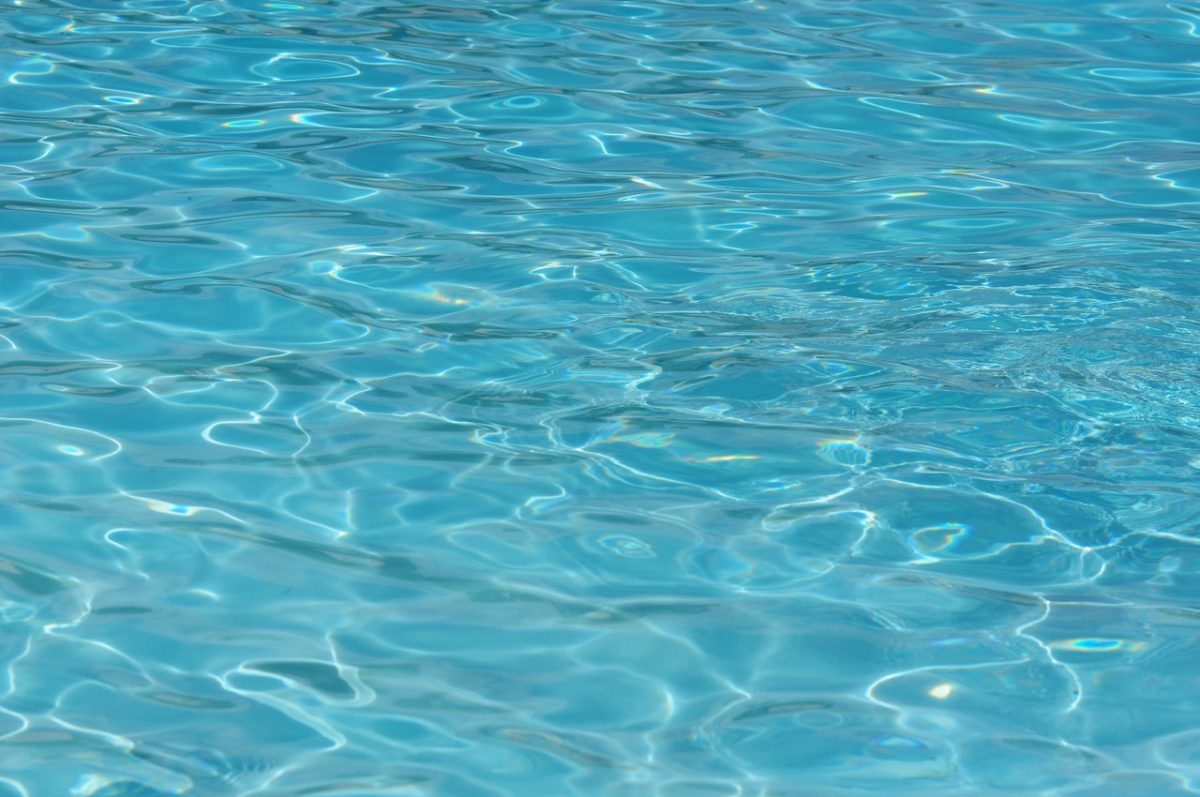How to reach Bressanone
Activities:
– Acquarena
Attractions:
– Bressanone Cathedral
– Imperial Palace
– The Museum of Pharmacy
Art, culture and history play and important role in the historic city centre of Bressanone. The South Tyrolean town is over 1,000 years old; it is the oldest in Tyrol and was often a stopover for Emperors on their travels. It later became a splendid cathedral town. Elephant Soliman had a two week rest in Bressanone on his journey to Vienna in 1552.
Today Bressanone’s history centre offers an interesting mix of joie-de-vivre and reflection. The unique cathedral square, the many listed sacred buildings, the large-scale medieval historic centre, the arcades and the narrow streets framed by merlons, museum treasures, craft tradition and archaeological exhibits wait to be discovered. Modern cafés and excellent restaurants, attractive shops and entertaining events invite you. Bressanone – twice as varied.
History:
As early as 10,000 years ago human beings lived in the Bressanone basin. The first settlements date back to the Neolithic period. The “Pressena” recorded in a deed in 828 AD probably refers to Bressanone. In 901 AD Bressanone is recorded as “Meierhof Prihsna” in a Donation of Carolingian Louis IV to Bishop Zacharia of Sabiona. With the construction of the Cathedral, parish and bishop’s palace the settlement slowly grew to become a city. In 1150 it was surrounded with walls. For centuries Bressanone was seat of Prince Bishops with an influence far beyond its borders, acting as a bridge between Southern Germany and Upper Italy. Although the Renaissance left important marks on Bressanone, the city and its architecture are especially characterized by the Baroque period: The Cathedral was re designed and the Imperial Palace of Bressanone, the domicile and administrative office of the bishop, was developed to become a representative palace.
After the construction of the Brenner railway in 1867 Bressanone became a spa town in the South of Tyrol. During the First World War the garrison and hospital city of Bressanone experienced hard times. With the treaty of Saint Germain Bressanone and all of South Tyrol became part of the Kingdom of Italy. Fascism and the Second World War brought more desperate suffering to the city, which only improved after 1945. Although in 1964 the seat of the bishop was moved from Bressanone to Bolzano the city remained the main centre for the Catholic population of South Tyrol.
Today Bressanone is again the economic centre of Valle Isarco and the third largest city in South Tyrol with a very attractive historic centre.
Shopping:
There are many special shops in the arcades, the moat and the winding alleys in Bressanone as well as in the centres of the holiday villages. Shopping in the owner-run small shops and boutiques becomes a delightful journey of discovery! With sophisticated fashion and typical crafts – twice as varied.
The shops in Bressanone are mostly open from Monday to Friday from 9am to 1pm and from 2:30 to 7pm, Saturday from 9am to 6pm.
Here is a list of companies supporting tourism in Bressanone!
Food and Drink:
Love at first bite! Let the restaurants and food and drink outlets in Bressanone treat you to culinary delights, and discover the delicious symbiosis of Alpine and Mediterranean. Valle Isarco and in particular Bressanone are known as the Mecca for connoisseurs in the Alps.
Contact:
Bressanone Tourism Association
Viale Ratisbona 9
39042 Bressanone
+39 0472-275252
